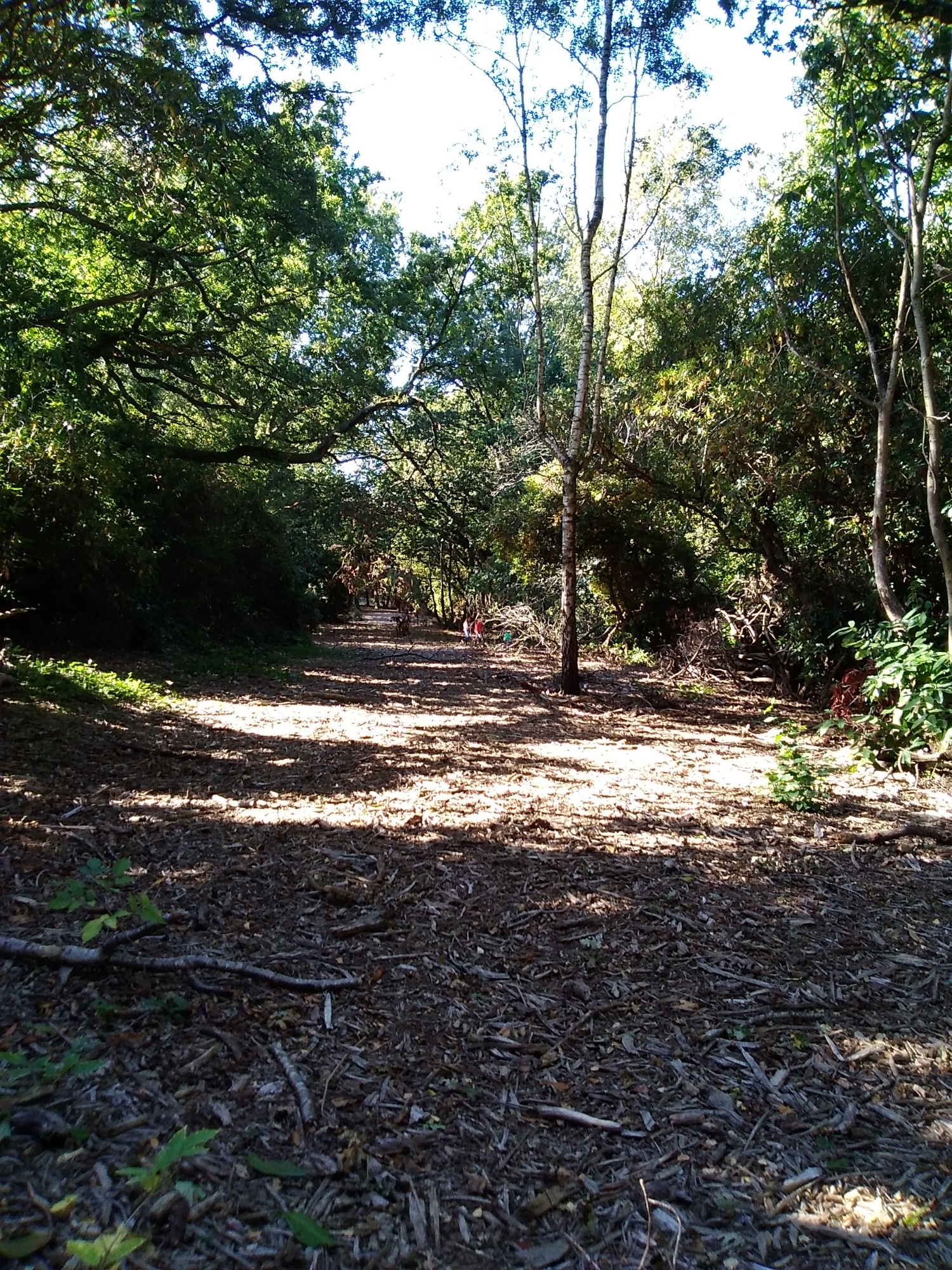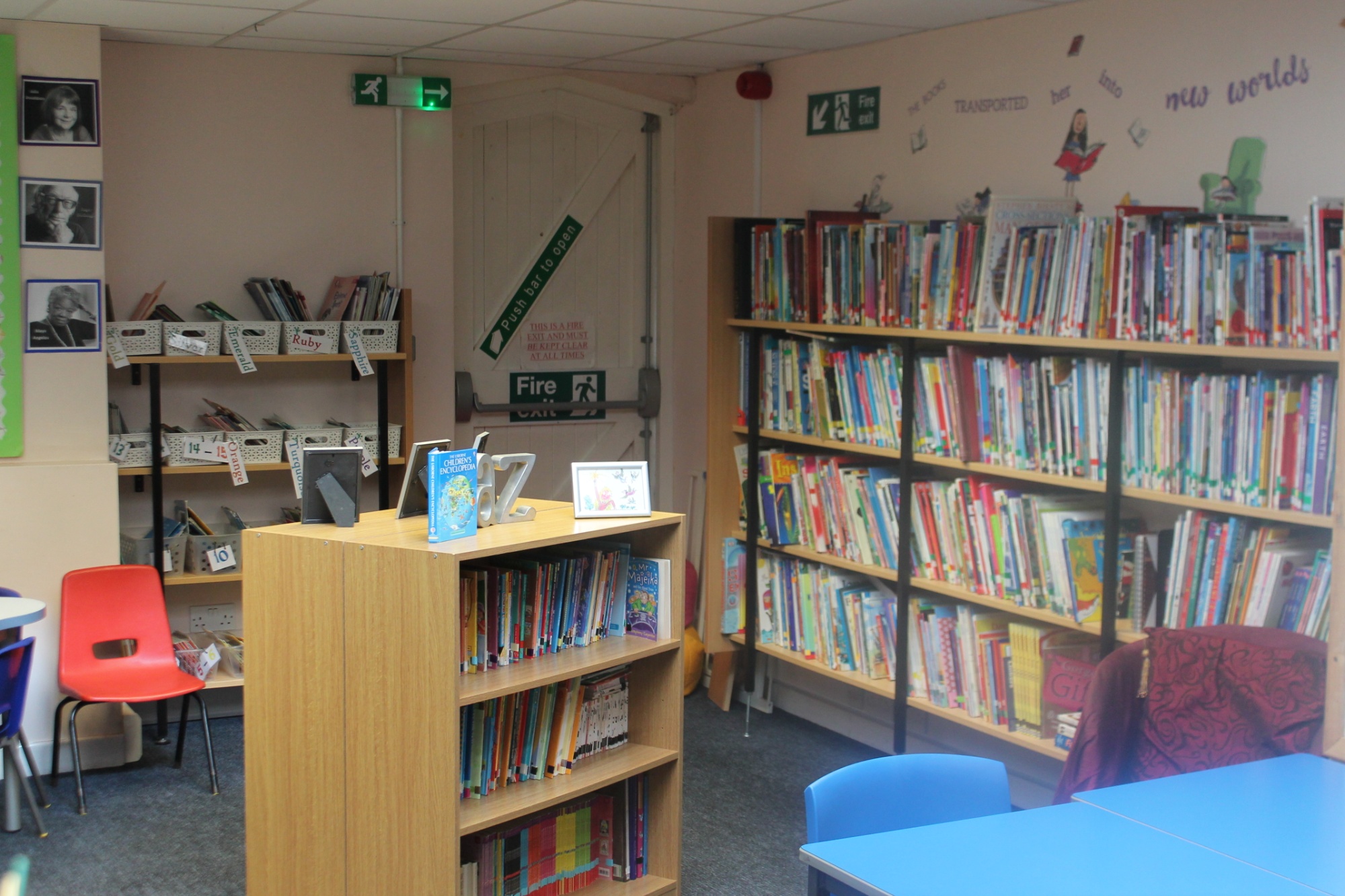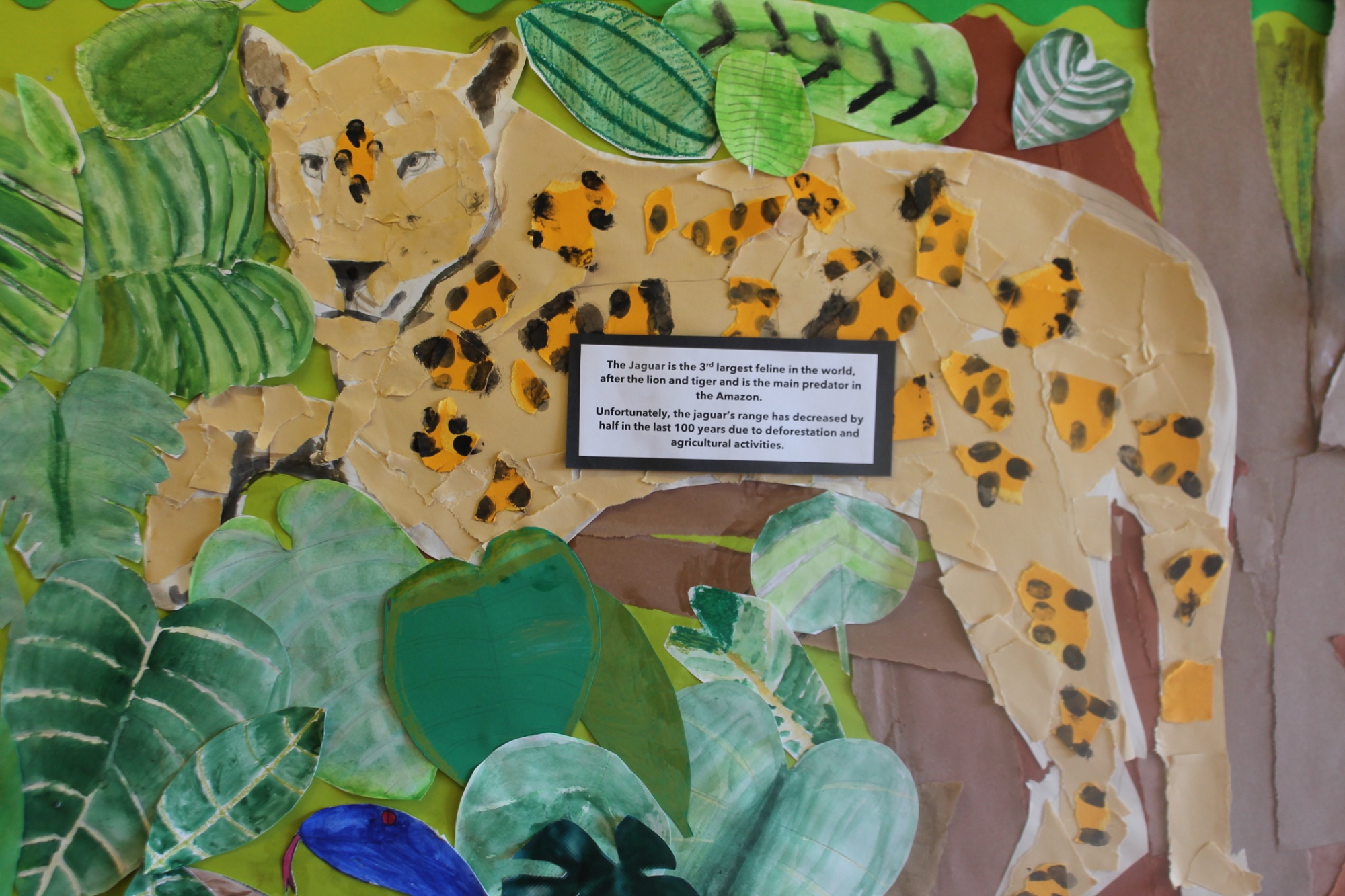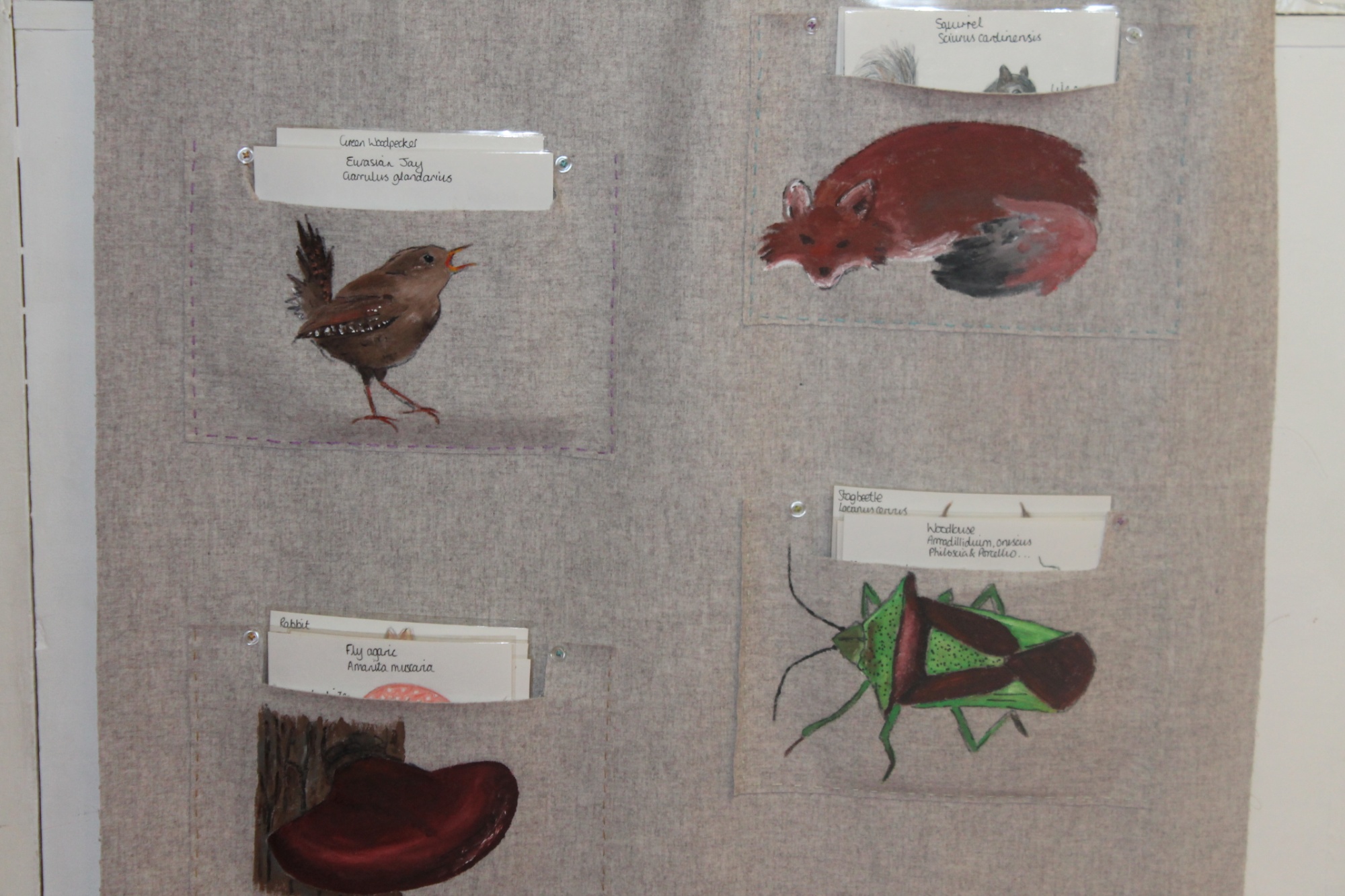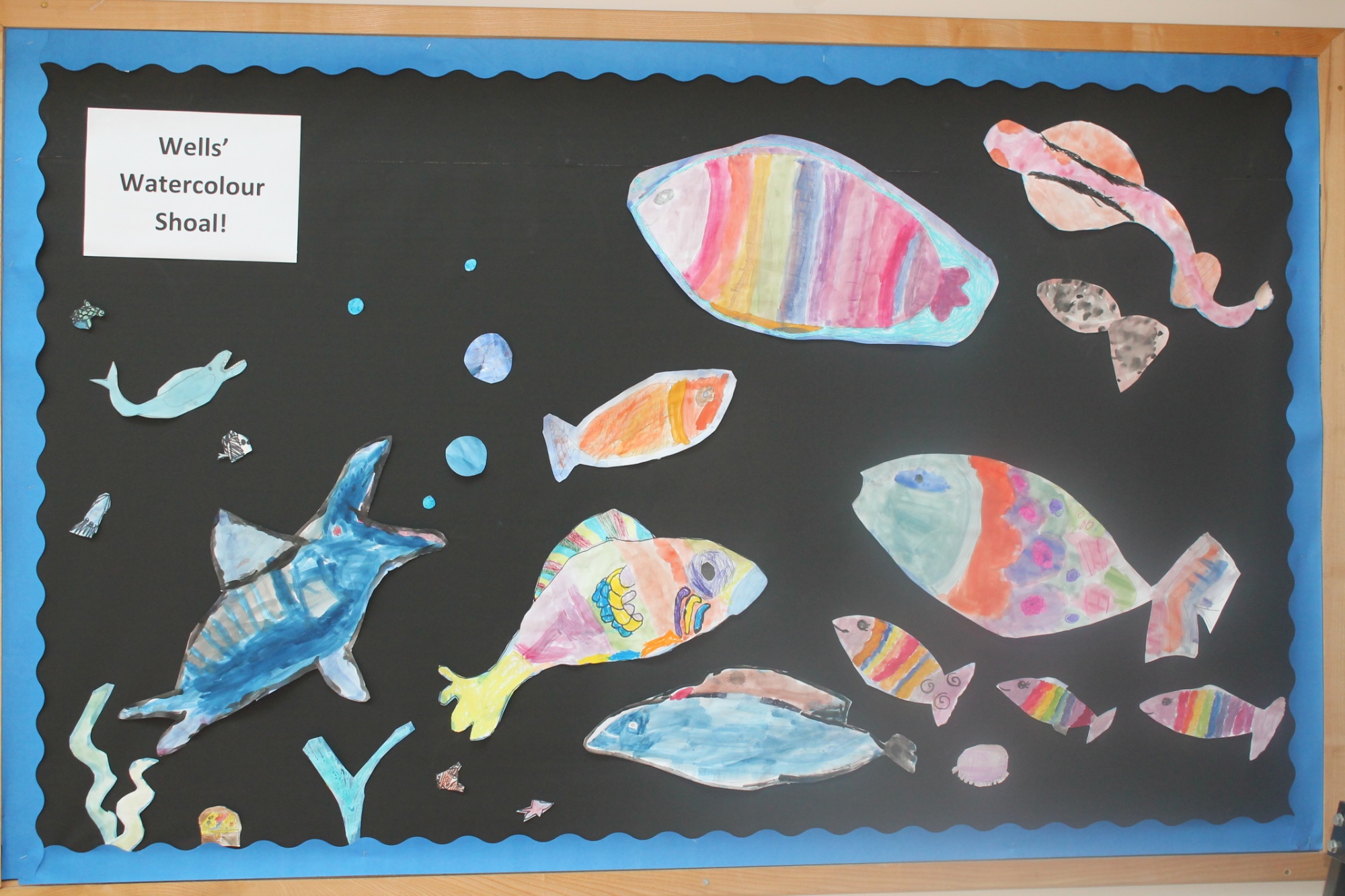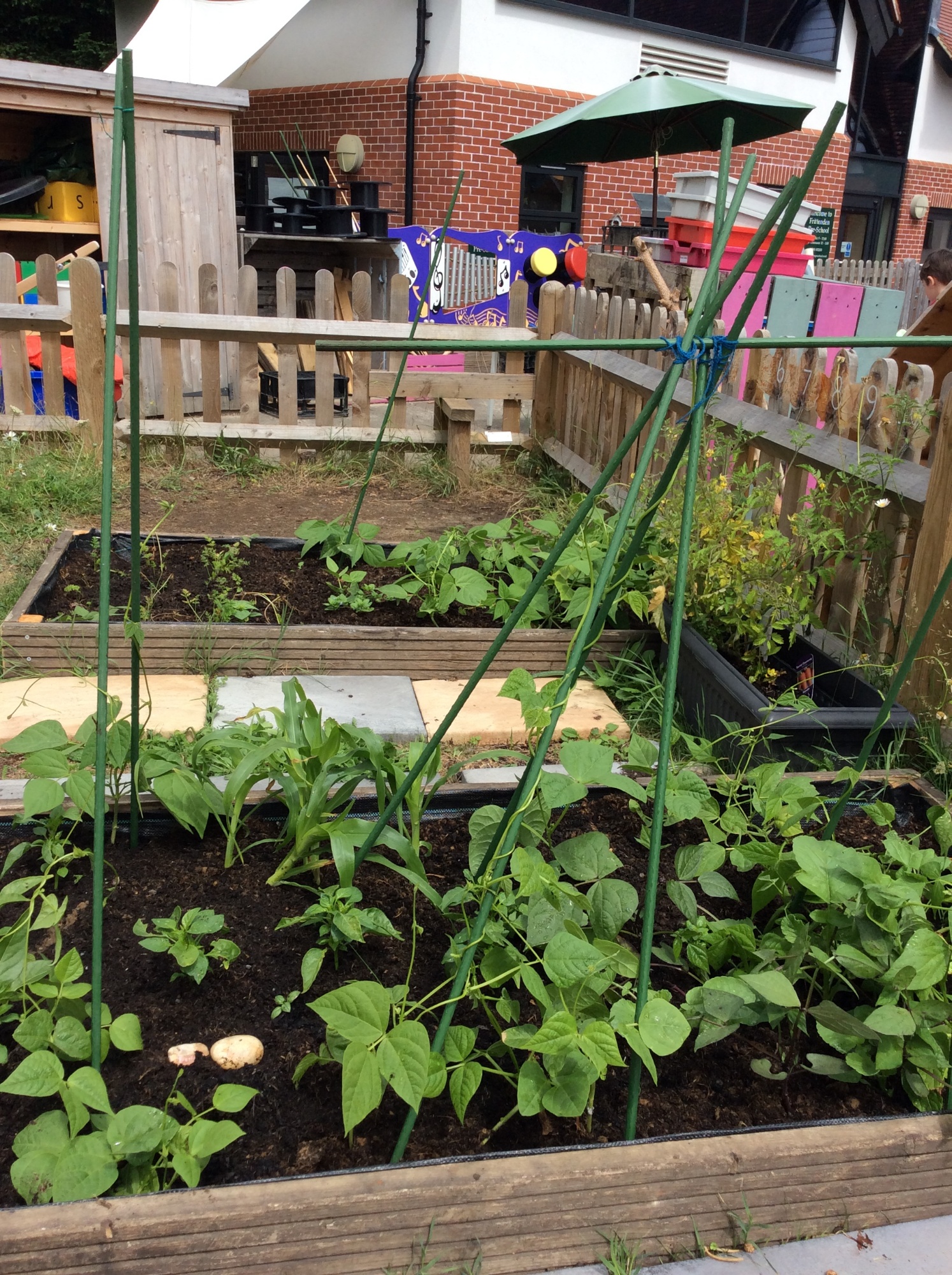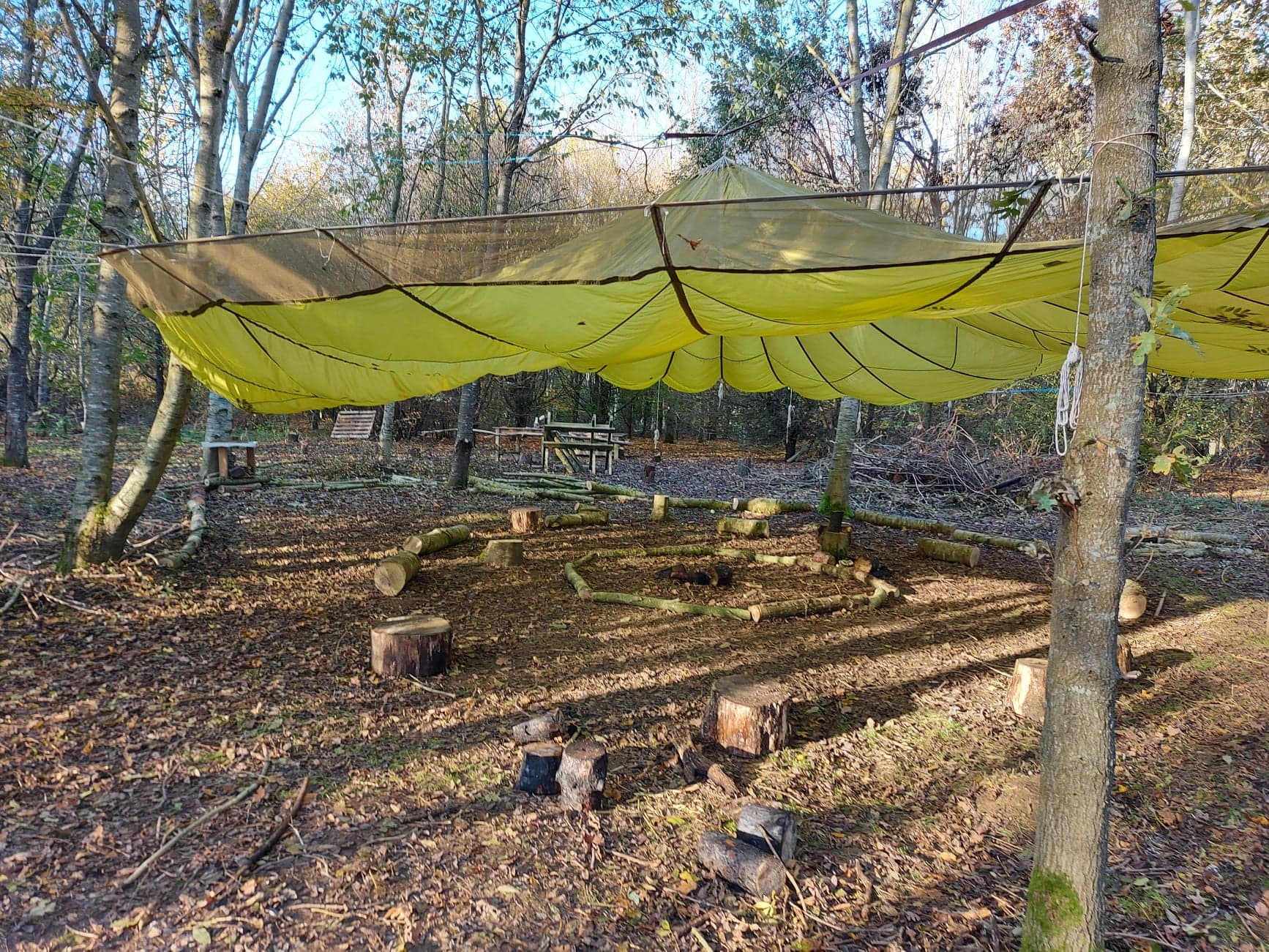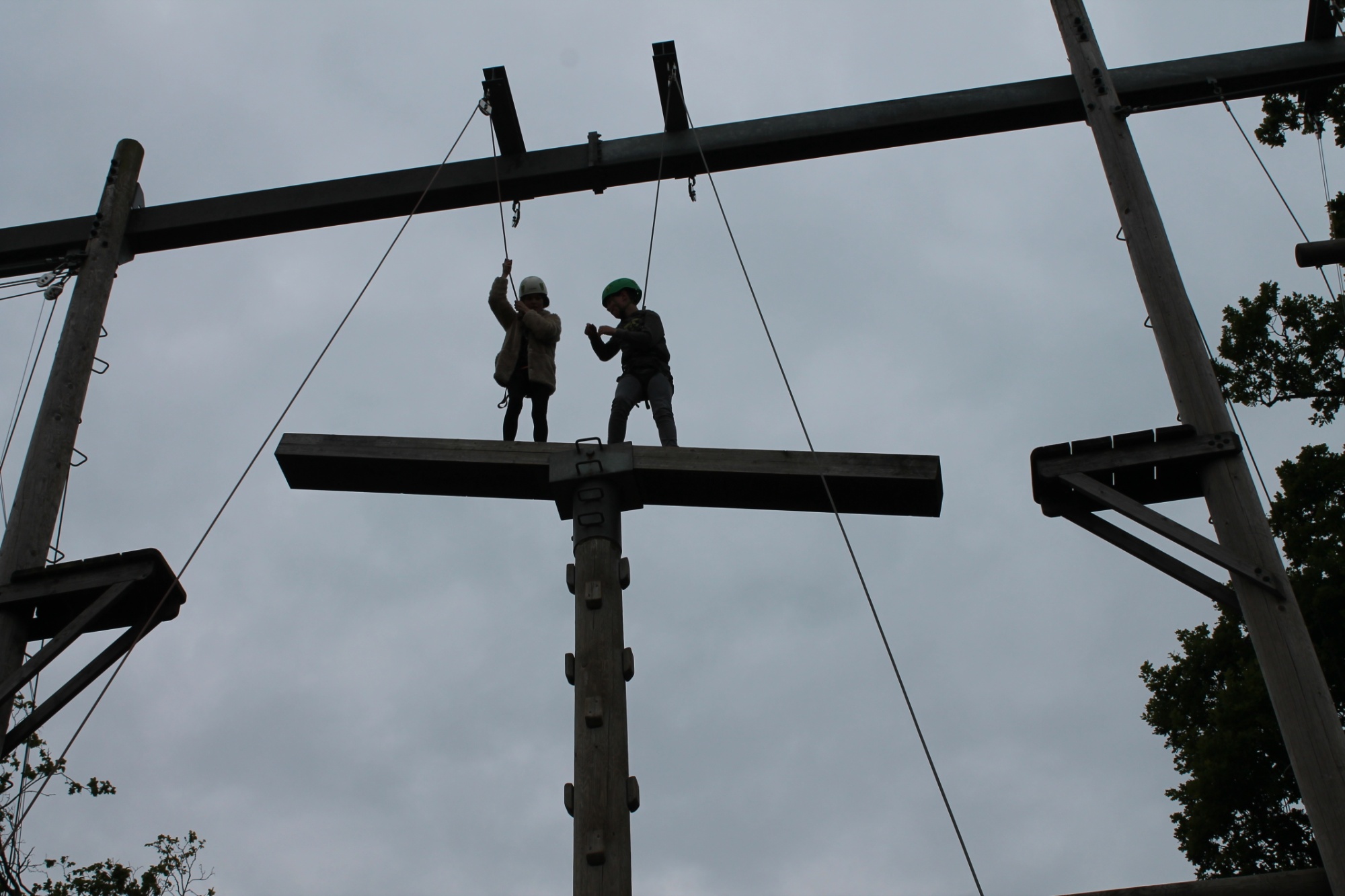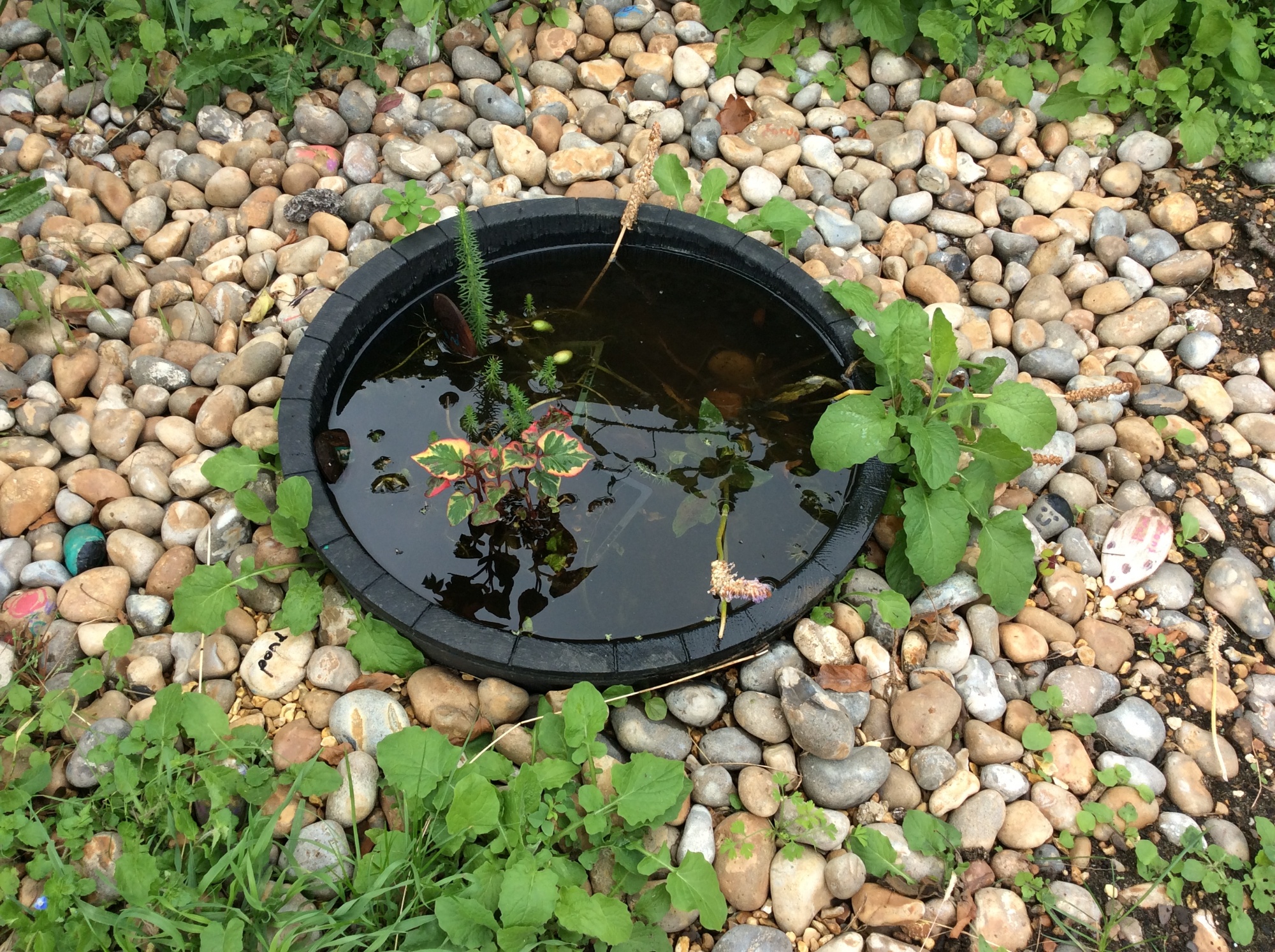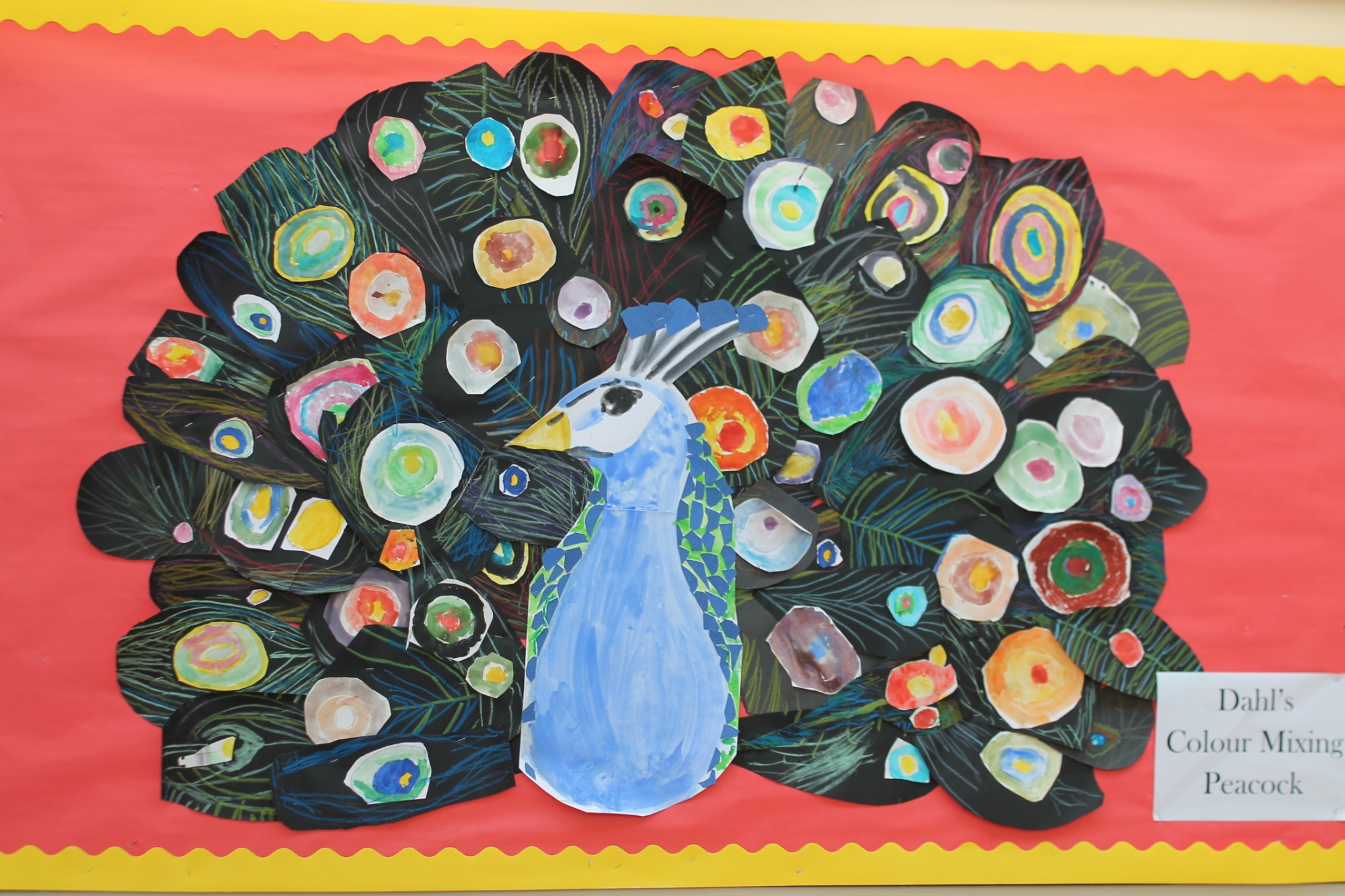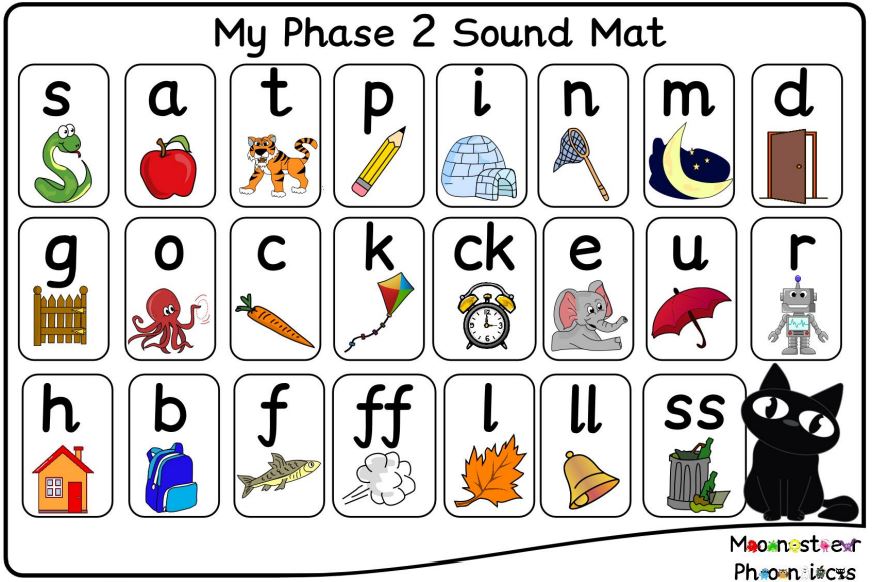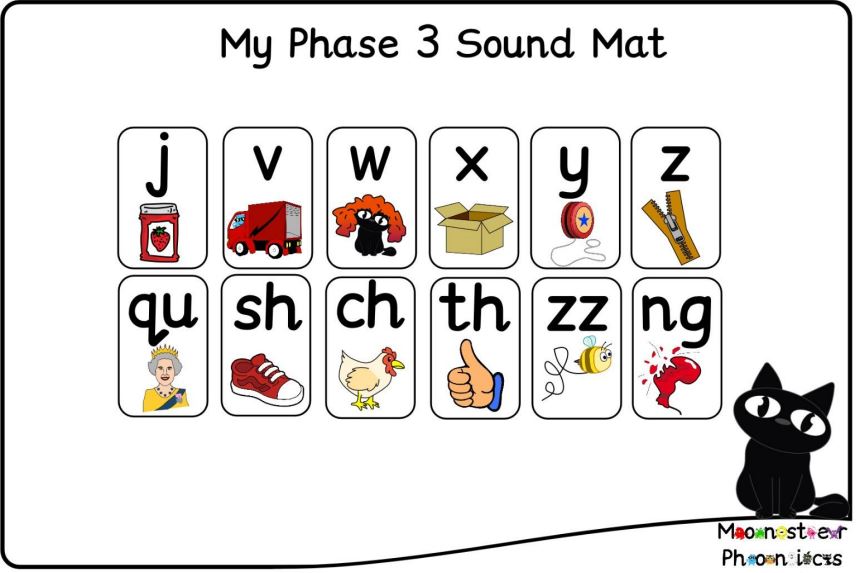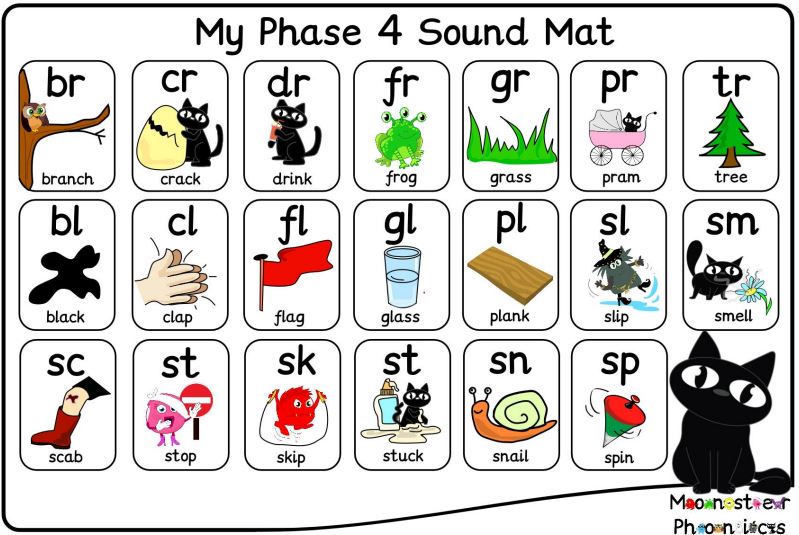Phonics
What is phonics?
Phonics is a way of teaching children to read quickly and skilfully. They are taught how to:
- Recognise the sounds that each individual letter makes;
- Identify the sounds that different combinations of letters make - such as ‘sh’ or ‘oa’; and
- Blend these sounds together from left to right to make a word.
Children can then use this knowledge to ‘de-code’ new words that they hear or see. This is the first important step in learning to read.
Why phonics?
Research shows that when phonics is taught in a structured way – starting with the easiest sounds and progressing through to the most complex – it is the most effective way of teaching young children to read. It is particularly helpful for children aged 5 to 7.
Almost all children who receive good teaching of phonics will learn the skills they need to tackle new words. They can then go on to read any kind of text fluently and confidently, and to read for enjoyment. Children who have been taught phonics also tend to read more accurately than those taught using other methods, such as ‘look and say’. This includes children who find learning to read difficult, for example those who have dyslexia.
Did you know . . .
- A phoneme is the sound a letter or a group of letters make (there are 44).
- A grapheme is what the phoneme looks like (it could be represented in more than one way e.g. ai ey ay).
- A digraph is when two letters come together to make a phoneme (‘oa’ as in boat).
- A trigraph is when three letters come together to make one phoneme (‘igh’ as in high).
- A split digraph is when a owel digraph is split by a consonant letter (e.g. ‘ae’ in make).
- Segmenting consists of breaking words down into phonemes to spell.
- Blending consists of building words from phonemes to read.
How do we teach phonics at Frittenden CEP School?
In school we follow the Monster Phonics programme. It is a phonics resource validated by the Department for Education and Skills.
Discreet phonics sessions are taught daily and are fun and multi-sensory to appeal to the different learning styles.
Monster Phonics lessons start with an engaging PowerPoint where new phonemes and graphemes are introduced as well as National Curriculum spelling rules. The monsters involved in the programme are colour coded and make it easier to teach each grapheme. Once the new grapheme has been established, an animation is used. A story, video and song are used to hook the children by showing the monsters in their world as well as using national Curriculum keywords throughout as it has been shown to accelerate learning of spelling. Following this, the children become absorbed in the main activity. This is always multisensory and engaging.
Monster Phonics comes with its own reading scheme which is colour coordinated in line with the monsters and their sounds, making the words easier to decipher. The books progress at the same level and speed as your child learns and embeds the new phonemes and graphemes so this ensures that no child is asked to read a book that they are not able to decode.
Phase 1 concentrates on developing children's speaking and listening skills. The aim is to get children attuned to the sounds around them and ready to begin developing oral blending and segmenting skills.
Phase 2 The purpose of this phase is to teach at least 19 letters, and move children on from oral blending and segmentation to blending and segmenting with letters. By the end of the phase many children should be able to read some VC (vowel, consonant e.g. at) and CVC (consonant, vowel, consonant e.g. cat) words and to spell them. They will also learn to read some high-frequency ‘tricky’ words: the, to, go, no. They will be introduced to reading simple captions.
Phase 3 The purpose of this phase is to teach another 25 graphemes, most of them comprising of two letters e.g. ‘oa’ and ‘ar’, so the children can represent each phoneme by a grapheme. Children also continue to practise blending and segmenting when reading and spelling words and captions. They will learn letter names, learn to read some more tricky words and also begin to learn to spell some of these words.
Phase 4 The purpose of this phase is to consolidate children’s knowledge of graphemes in reading and spelling words containing adjacent consonants and polysyllabic words. These words have consonant clusters at the beginning (spot, trip), or at the end (tent, damp) or at the beginning and end (trust, spend)! They also read polysyllabic words (sandwich).
Phase 5 The purpose of this phase is for children to broaden their knowledge of graphemes and phonemes for use in reading and spelling. They will learn new graphemes and alternative pronunciations for these.
Phase 6 During this phase, children become fluent readers and increasingly accurate spellers. They focus on spellings and learning rules for spelling alternatives. They will be reading longer and less familiar texts independently and with increasing fluency. The shift from learning to read to reading to learn takes place and children read for information and for pleasure.
Phonics Screening Check
The National Phonics Screening Check is a quick and easy check of your child’s phonics knowledge. It helps school confirm whether your child has made the expected progress and helps teachers identify which children need extra help with phonic decoding. It is for Year 1 children and it takes place in the Summer term. The check contains a mix of real words and ‘non-words’ (or ‘nonsense words’). The purpose of including nonsense words is to check that the child knows the sounds and can blend them together to read the words. They will be new to all pupils, so there won’t be a bias to those with a good vocabulary knowledge or visual memory of words. Children who have not met the standard in Year 1 will retake the check in Year 2.
A few points to remember!
*It must always be remembered that phonics is the step up to word recognition. Automatic reading of all words – decodable and tricky – is the ultimate goal.
*To become successful readers, children must understand what they read. They need to learn a range of comprehension strategies and should be encouraged to reflect upon their own understanding and learning.
*Phonics works best when children are given plenty of encouragement to read and enjoy books. Parents play a very important part in helping with this. Try to make time to read with your child every day. Grandparents and older brothers or sisters can help too. Encourage your child to blend the sounds all the way through a word.
*It is important to articulate the phonemes correctly (please look at the link below). In the phases 1 and 2 we home in on the sounds letters make, not their names.
*Your child will be given phonics tasks to do at home. Please support your child in learning their phoneme-grapheme correspondences and key words.
*A systematic approach to phonics is a great way to learn how to read BUT it is not the only way.
Don’t forget learning should be fun for both your child and you!!We have recently purchased new Collins reading books, which are carefully matched the phonic phase that children are learning. This ensures that no child is asked to read a book that they are not able to decode.

